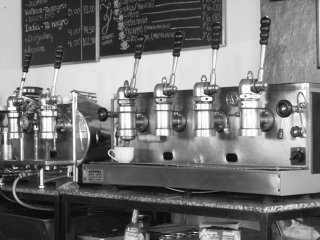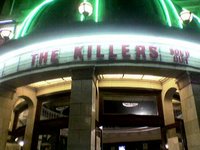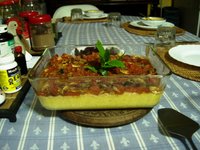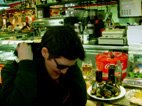.
Miguel Aguirre (b.1973 Lima)
Teodosio Barreto (Taller de Fotografia Social, Morococha)
Juan Enrique Bedoya (b.1966 Lima)
Luz María Bedoya (b.1969 Lima)
Rafael Castillo (cerca 1860-1887)
Fernando Castro (b.1952 Lima)
Juan Cazaux (cerca 1860-1868 Lima)
Eugenio Courret (1840-1900)
Estudio Courret Hermanos
Martín Chambi (b. 1891-1973 Puno)
Carlos Domínguez (b.1933 Lima)- foto de hijos de ´Desaparecidos´, 1983.
Milagros de la Torre (b.1965 Lima)
Roberto Fantozzi (b.1953 Lima)
Juan Manuel Figueroa Aznar (1878-1951)
Fernando Garreaud (1870-1929 Chile)
José Gabriel González (1875-1952 Cusco)
Philippe Gruenberg (b.1972 Lima)
Billy Hare (b.1946 Lima)
Pablo Hare (b.1972 Lima)
Jorge Heredia (b.1958 Lima)
Eduardo Hirose (b.1975 Lima)
Francisco Laso (1823-1869 Tacna)
Fernando La Rosa (b.1943 Arequipa)
Ricardo La Torre (cerca 1911)
Manuel Mancilla
Gilda Mantilla (b.1967 LA) - ´Lima*Peru´
Eugenio Maunoury
Miguel Mestres (cerca 1920-1950 Lima)
Edward Ranney
Villroy Richardson (con Courret)
Sebastián Rodríguez (1896-1968)
Javier Silva Meinel (b.1949 Lima)
Rosalind Solomon (b.1930 Illinois)
Georges B. von Grumbkow (cerca 1877)
Carlos y Miguel Vargas
Max T. Vargas (cerca 1930´s Arequipa)
Ricardo Villalba (cerca 1870)
fotos:
Hermanos Vargas, Plaza de Armas, Arequipa, 1929.
Martin Chambi, Qoyllur Rita, Cusco, 1924-1930.
 SOBRE FOTOGRAFIA- (MALI), el Museo de Arte in el Parque de la Exposicion, Lima, has recently opened a new room exhibiting a permanent collection of black & white fotos portraying a history of photography in Peru- the first of its kind in the country.
SOBRE FOTOGRAFIA- (MALI), el Museo de Arte in el Parque de la Exposicion, Lima, has recently opened a new room exhibiting a permanent collection of black & white fotos portraying a history of photography in Peru- the first of its kind in the country.  The photographers represented are:
The photographers represented are:



















































